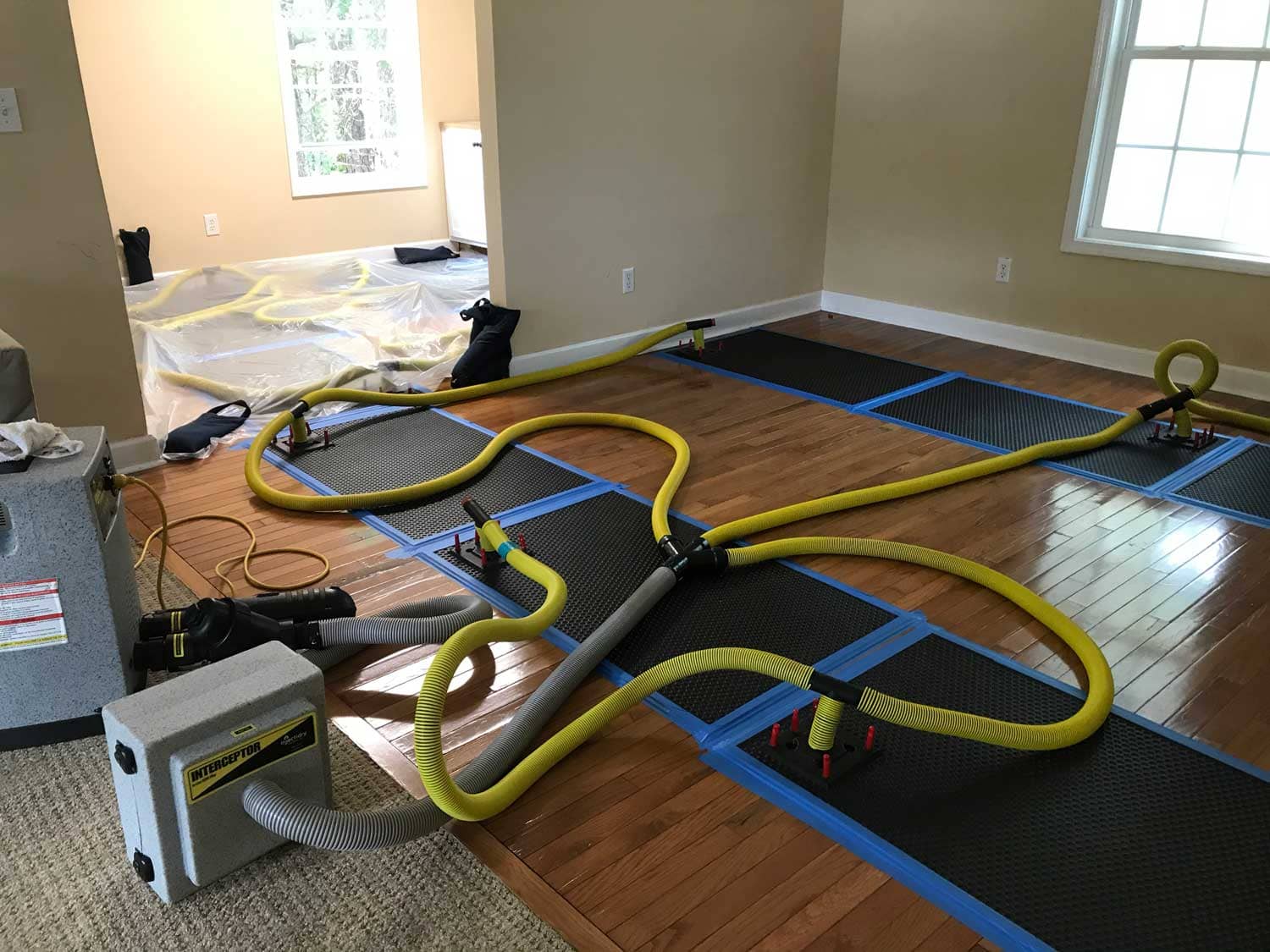
Proper maintenance of a house and yard is a priority for any homeowner. Business property owners also know the importance of regular upkeep to the building’s tenants and patrons.
Standing water is a typical problem that may arise in any community and can lead to expensive repairs for homes and businesses.
Before the odor of stagnant water may permeate your home or property, the water will have already seeped in. Unfortunately, it has become a breeding environment for things that might cause catastrophic diseases even before this.
As a leading Ashland water damage restoration business, Swept Away Restoration understands the structural hazards and health risks of stagnant water.
What Is Stagnant Water?
Stagnant water forms when water flow is interrupted. It’s not limited to the park pond; it can also occur in a puddle or a basement with standing water. It is also readily apparent in the piping of any industrial or commercial structure.
A mosquito’s breeding ground needs only a few millimeters of water. Take a step back and look at the big picture; swimming pools store a lot more water, so it’s easy for the water to sit still. Depending on the amount of water and the conditions, puddles can dry up and become stagnant in a single night. Pools may become green and develop odors after a longer period, perhaps two or three days.
When storms and sewage backups cause flooding, they can leave behind toxic standing water. Blackwater of Category 3 quality poses a significant threat to the quality of domestic water supplies and plumbing systems.
When you need a 5-star service? Then, you’ve come to the right place. In most cases, we can come running in less than an hour to offer flooded house damage restoration & carpet cleaning in Jacksonville, Ashland, Jackson County, and Medford.
What Causes Stagnant Water?
Water flow can be disrupted in various ways, resulting in stagnation. The issue impacts both residential and commercial plumbing systems. The three most typical sources of stagnant water are as follows.
Clean Water Sources
In the event of a slow leak or a busted pipe, pure water is released. When left alone, progress halts. Category 1 rain falls on a roof or around a window, whereas Category 2 rain is rain that pools.
Contaminated Water Sources
Category 2 gray water is stagnant water from contaminated sources. For example, dishwasher or washing machine leaks, defective sump pumps, and interior basement wall leaks cause this type of water.
Direct Sources
A property could be inundated with Category 3 black water or lose access to clean, external water sources in an emergency. Many households are affected. Infectious microorganisms, parasites, and toxins can thrive in stagnant water.
There is no circulation of water in commercial buildings.
Some examples:
- Natural or structural disasters cause long-term shutdowns.
- Low water usage owing to vacancies.
- Seasonal slowdowns.
- Failures in water towers and supply lines.
Get Help Fix Stagnant Water Issues With Ashland Water Damage Repair
Stagnant water is a breeding ground for bacteria and other pathogens. If water sits stagnant for too long, diseases can be transferred through plumbing systems in homes and businesses. The household can also be a source of problems for the water supply and appliances like the dishwasher, washing machine, and sink.
You can only restore your property to a healthy living environment by fixing the water damage.
If you need emergency help for restoration and how to process your insurance claim, then you need experts. Contact Swept Away for a free estimate or speak to staff directly if you have an emergency.
Alternatively, you can fill in the compact form below for a staff member to be in touch. In addition, you can check our customer reviews on Google.

